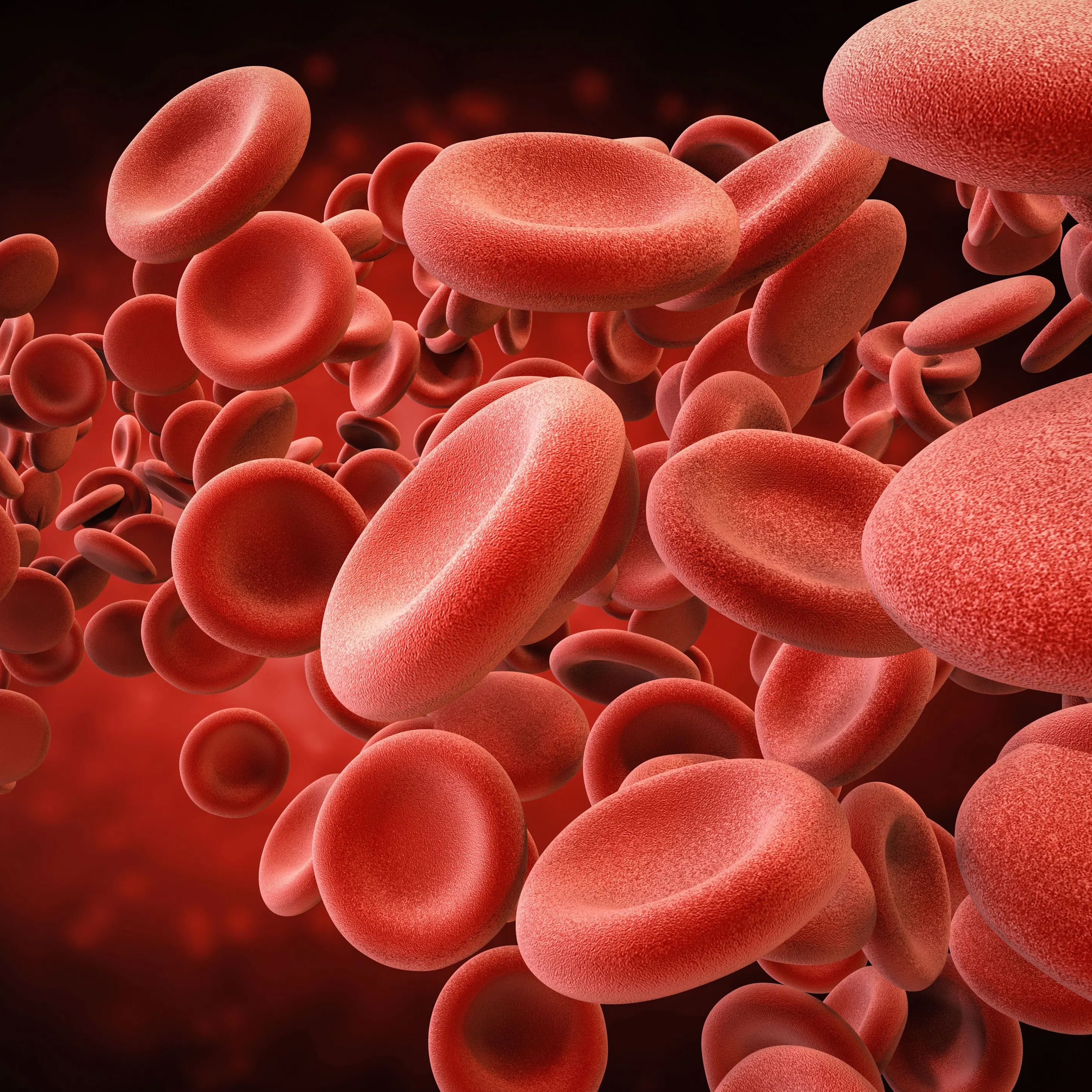Publication
Article
Cardiology Review® Online
Acute aortic occlusion: Common presentation of an uncommon catastrophe
Author(s):
There is scant systematic literature available on acute aortic occlusion. A review of 46 cases in a single center found 2 primary causes, including embolism (65%) or thrombosis (35%).1 Smoking and diabetes were found to be the risk factors for thrombotic occlusion and pre-existing cardiac disease and female gender risk factors for embolism. Acute aortic occlusion due to embolization of a large thrombus from left atrial appendage occurred in a patient with atrial fibrillation at our institution recently (Radha Sharma,MD, personal communication, February 2008). Case reports have described embolization of atrial myxoma to the abdominal aorta resulting in aortoiliac occlusion.2,3
Presentation
AM
An 83-year-old African-American male presented to the emergency department with one day of lower back pain associated with decreased strength and sensation in his lower extremities. He reported a history of extensive tobacco use, hypertension, a transverse colonic mass, and an elevated prostate-specific antigen (PSA). The last 2 conditions were both diagnosed in 2004, and he had refused further workup for them. He was in his usual state of health, able to perform all activities of daily living, until 9 the day of admission after being overcome by a band-like sensation in his lower back without other associated neurological symptoms. His initial physical examination was notable for mild hypertension (150/92 mm Hg), a heart rate of 88 bpm, and a normal cardiopulmonary examination. Neuromuscular exam was significant for mildly decreased hip and knee flexion and extension (Medical Research Council scale grade 4) in addition to moderately decreased gross sensation (grade 3) of the bilateral lower extremities. He displayed normal lower extremity arterial pulses, normal rectal tone, and the absence of an extensor plantar response (Babinski sign). Approximately 8 hours into the hospital course, a follow-up neurological exam demonstrated new-onset paraplegia accompanied by the loss of bilateral lower extremity deep tendon reflexes, absent bilateral lower extremity arterial pulses, and flaccid rectal tone.
Evaluation and diagnosis
Admission laboratory values (including a complete blood count, chemistries, and coagulation studies) were normal except for a blood urea nitrogen of 49 mg/dL, a creatinine of 1.8 mg/dL (baseline 0.9 mg/dL), and a hemoglobin of 19.6 g/dL. His chest X-ray displayed a normal cardiac silhouette with scant atelectasis at the left lower lobe. An electrocardiogram displayed normal sinus rhythm with left axis deviation, evidence of left atrial enlargement, and voltage consistent with left ventricular hypertrophy. Other significant laboratory values revealed an escalating PSA (5.3 ng/mL in 2003 and 70 ng/mL in 2005) and a carcinoembryonic antigen (CEA) 3.1 in 2004. Follow-up laboratory values over the ensuing 24 hours were notable for worsening acute renal failure and new-onset rhabdomyolysis (CPK >60,000).
A transesophageal echocardiogram was requested by the primary medical team to evaluate for acute aortic dissection, but the patient refused. He subsequently underwent a contrast-enhanced magnetic resonance imaging and angiography (MRA) of the thoracic and abdominal aorta, which demonstrated diffuse complex aortic atheroma and complete occlusion of the abdominal aorta, immediately after the origin of both renal arteries (Figure) without aortic dissection. There was evidence of a soft tissue mass partially surrounding the aorta at the level of T7 and T8 extending posteriorly to the vertebral bodies. Partial encroachment of the thecal sac also was noted with high signal changes within the vertebral body. The above findings, given a history of a possible colonic and/or prostatic malignancy, were consistent with a metastatic neoplasm and an aortic thrombosis.
Figure. Contrast-enhanced magnetic resonance angiography demonstrating complete occlusion
(arrows) of the abdominal aorta immediately after the origin of both renal arteries (anterior [A]
and lateral [B] projection).
Patient management and outcome
The patient was started on intravenous anticoagulation and dexamethasone and underwent urgent bilateral lower extremity arterial embolectomies and bilateral above knee amputations 1 day after his acute decompensation. Towards the end of the operation, the patient had an episode of acute hypoxia and hypotension. An intra-operative transesophageal echocardiogram displayed a large right pulmonary arterial embolism and despite aggressive resuscitative measures, the patient expired 22 hours postoperatively. An autopsy request was denied by the family.
Discussion
Acute aortic occlusion is an uncommon but catastrophic cause of lower extremity paralysis, primarily due to either in situ thrombosis of an atherosclerotic abdominal aorta or embolization from a cardiac source.1,2 Rare causes include blunt abdominal trauma and extrinsic compression of the abdominal aorta by intraperitoneal structures.3 The most common presenting symptom of acute aortic occlusion is bilateral lower extremity ischemia characterized by paresthesias, numbness, and motor and sensory deficits. However, the symptoms of severe ischemia, including loss of distal pulses and pallor, can have a delayed onset of more than 6 hours,4 and such an attenuation of these classic acute arterial occlusion symptoms may prevent a timely diagnosis. Thus, femoral pulses should be closely examined in any patient presenting with acute onset of lower extremity paralysis, and if absent, this warrants strong consideration of acute aortic occlusion in the differential diagnosis. The significant mortality (21%-52%) and morbidity (75%) associated with this condition requires prompt recognition, immediate anticoagulation to prevent thrombus propagation, and early surgical intervention.5 Diagnostic imaging modalities to establish a diagnosis include angiography (aortogram), computed tomography with intravenous contrast, and MRA; however, availability, timeliness of acquisition, and allergies to contrast material determine which study is appropriate.6 Clinical status and ability to reestablish blood flow to the lower extremities dictates whether bilateral transfemoral embolectomies is sufficient, or a more extensive procedure, such as aortobifemoral bypass, is required.2
In regards to our patient, given his history of a possible colonic and/or prostatic malignancy, the etiology of his acute aortic occlusion (in conjunction with atherosclerosis) was likely due to a hypercoaguable state. This setting, along with the risk of venous thromboembolism associated with surgery, was likely the cause of the patient's perioperative fatal pulmonary embolism.






